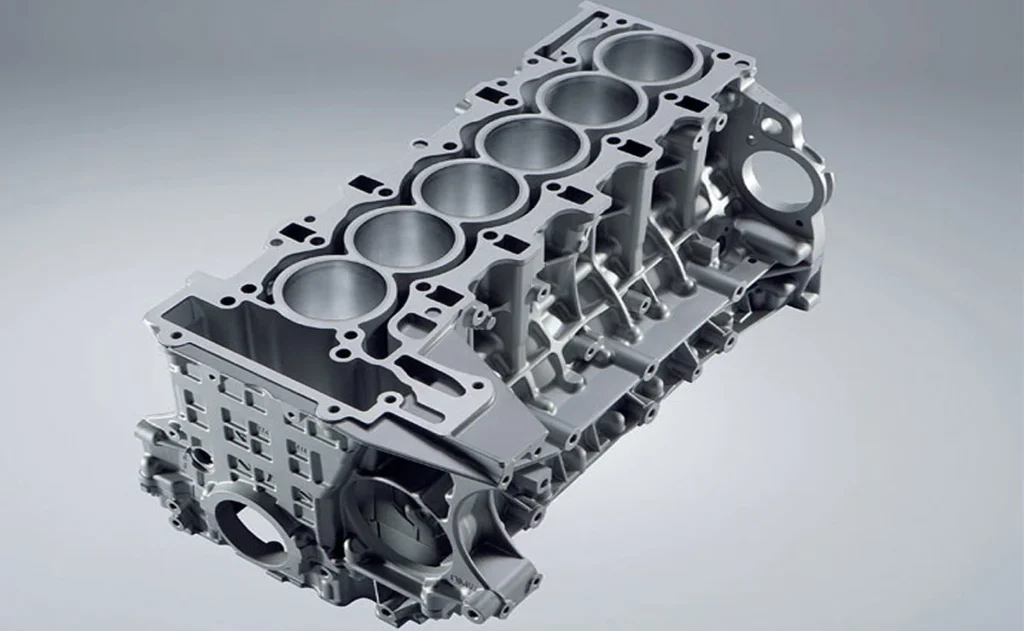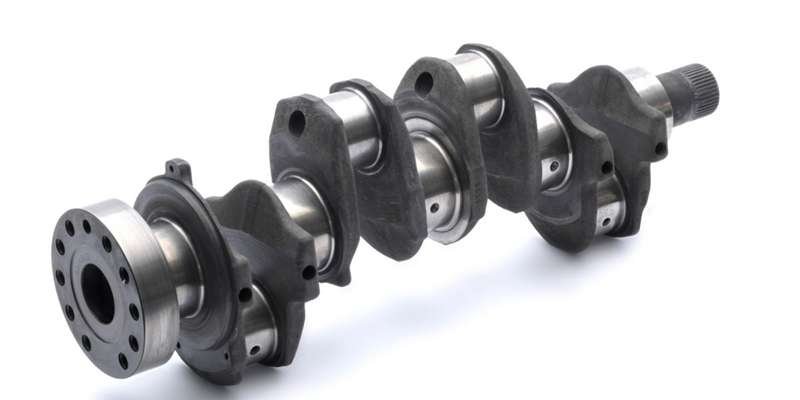The parts of car engine form the backbone of vehicle performance, transforming fuel into motion and power into reliability. Understanding these essential components allows drivers to maintain their cars more effectively, prevent costly breakdowns, and enjoy safer journeys on the road.
While every car engine is a complex system, its strength lies in multiple parts working together in perfect coordination to produce energy. Knowing how car engine parts function isn’t just valuable for mechanics—it’s knowledge every driver should have. With this understanding, you can spot problems early, save money on repairs, and extend the life of your vehicle.
In this guide, we’ll break down the eight essential parts of a car engine, explain their roles, and share practical tips to keep them performing at their best.
Below are the eight most important parts of car engine that every driver should understand.
1. Engine Block: The Solid Foundation
The engine block is the physical and structural basis of the engine. Often made from cast iron or the aluminum alloy, it contains the cylinders wherein combustion takes place and also has passages for oil and coolant to flow.
why its important importance: the block provides structural support to the engine under pressure and high temperatures.
Maintenances Tips: This block is best replenished by coolant and engine oil.

2. Pistons: Important Parts of Car Engine Combustion
The pistons go up and down in the cylinders and compress the air-fuel mixture while transferring the force of combustion to the crankshaft. Compression rings keep the combustion gases contained and minimize the loss of engine oil.
Warning signs: Blue smoke escaping the exhaust and poor fuel economy could mean the pistons or rings are starting to wear
3. Crankshaft: Powerful Parts of Car Engine Rotation
Among the essential parts of car engine, the crankshaft takes the pistons’ linear motion and converts it into rotational energy, which is then transmitted to the drivetrain and ultimately spins the wheels of the car.
Why it matters: A broken crankshaft will lead to complete engine failure.
Maintenance Tip: Changing oil regularly would ensure that the crankshaft bearings wear out slowly.

4. Camshaft: Timing Control in Parts of Car Engine
The camshaft opens and closes the intake and exhaust valves. This is correctly synchronized to the crankshaft by a timing belt or chain, meaning that combustion occurs at the proper time.
Break Down Risk: When the timing belt snaps, it can bend the valves and destroy the engine.
5. Cylinder Head: Housing the valves
The cylinder head, which is bolted above the engine block, contains the valves, spark plugs, and air flow ports. This ensures that air and fuel enter the cylinders and exhaust gases get out.
Maintenance Tip: Get those spark plugs checked at regular intervals, worn out spark plugs provide less efficiency to the vehicle and can create misfire.
6. Valves: Regulating Air And Fuel
There are intake valves (for allowing gas into the cylinder, in the form of fuel/air) and exhaust valves (for allowing gas to escape as an exhaust gas). They are opened and closed by the camshaft and springs.
Ticking noises, or a loss of power, can be a sign of worn or poorly timed valves, which may mean failure.
7. Head Gasket: The Most Important Seal
Located between the engine block and cylinder head, the head gasket seals combustion chambers and separates oil from coolant.
Head gasket failure symptoms: You may see white smoke, heat increase, or milky oil in the engine that may mean the head gasket is blown.
8. Oil Pan: The Heart Of The Engine
The oil pan is at the bottom of the engine where oil is collected and it provides permanent lubrication to moving components.
Maintenance Tip — Check your oil every month and change filters as needed. With oil levels dropping so low it could have led to engine failure and huge costs by catastrophic damage.
Maintenance Checklist for Drivers
| Engine Part | What It Does | Maintenance Tip |
|---|---|---|
| Engine Block | Houses cylinders & structure | Monitor coolant/oil to prevent cracks |
| Pistons | Compress & transfer combustion | Watch for smoke or loss of power |
| Crankshaft | Converts motion to rotation | Oil changes protect bearings |
| Camshaft | Times valve operation | Replace timing belt/chain as recommended |
| Cylinder Head | Houses valves & spark plugs | Replace spark plugs regularly |
| Valves | Control fuel/air & exhaust flow | Listen for ticking or loss of power |
| Head Gasket | Seals block & head | Look for overheating or milky oil |
| Oil Pan | Stores engine oil | Check oil monthly, replace filters |
Bonus: Components You Don’t Want to Miss Out on in Supporting
Timing Belt/Chain — Ensures that crankshaft and camshaft maintain perfect synchronization Replace belts every 60k–100k miles.
Spark plugs — cause ignition of the air-fuel mixture. Change it every 30k–60k miles for smooth performance.
Final Thoughts
While you might imagine that the parts of car engine is a complex assembly of parts, that’s only because you don’t fully understand how the pieces fit together: engine block, pistons, crankshaft, camshaft, cylinder head, valves, head gasket, oil pan and bingo! It comes together like a puzzle. If maintained and attended to regularly, these parts will continue to help your engine be as healthy, efficient, and reliable as possible for many years to come.

[…] expense of an Car tune-up in 2025 predominantly relies on the type of […]
[…] protection for the engine: Synthetic oil has a better ability to maintain viscosity at extreme temperatures, thus, reducing […]
[…] engine coolant flush, more commonly referred to as a radiator flush, or system flush, involves the […]